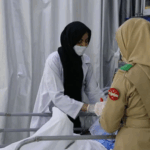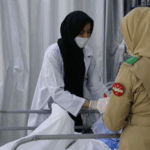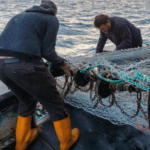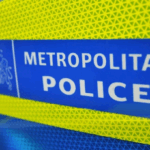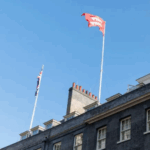The final day of commemorative hearings at the Omagh bombing inquiry has been marked by powerful testimony from survivors, first responders, and families of the victims. The inquiry, which seeks to determine whether the 1998 dissident republican bombing could have been prevented, has spent the past four weeks focusing on the personal impact of the atrocity.
Survivor’s Guilt and Lingering Trauma
Mary McGovern, who was severely injured in the blast, spoke of her ongoing struggles with survivor’s guilt. Now living in Australia, she described how shrapnel remained embedded in her body for two decades, with metal fragments still emerging from her skin years after the attack.
“I felt pity from people, but they also knew I was lucky to be alive,” she said, adding that she often questioned why she had survived while so many others had not.
Ms. McGovern, who worked in a bakery, personally knew several of the 29 people who died, including a woman who was pregnant with twins. She recalled standing near the car bomb when it exploded, describing it as a “ferocious gust of wind” that left a lasting physical and emotional scar.
Her two daughters, born years after the attack, have struggled to comprehend the reality of their mother’s past trauma. “They find it hard to believe their mummy was in a bomb,” she said.
First Responders Recall the Aftermath
Among those who ran to the scene to help was Simon McLarnon, a then-resident of Omagh who now works as a dental surgeon in Donegal. Though he had some general medical training, he admitted he felt he “hadn’t done enough” to help the wounded.
He described the thick, acrid smoke that filled the air and recounted his devastating experience of checking a young boy for a pulse, only to realize there was none.
“That was the first time I’d ever done that in my life. That was hard to deal with. I remember the look on his face,” he said.
He also recalled meeting a man who had been filming the aftermath of the attack. The footage captured that day remains some of the most widely recognized evidence of the Omagh atrocity.
A City Overwhelmed by Casualties
The inquiry also heard of the immense pressure on local hospitals in the wake of the bombing. Over 300 casualties were treated across five hospitals, with Omagh’s hospital alone handling 209 wounded victims.
Medical staff worked tirelessly as busloads of bleeding casualties arrived at their doors. Many of those treating the wounded had lost friends and family in the attack.
Psychological Scars That Never Healed
Rodney Patterson, another survivor, recalled the terrifying force of the explosion.
“I remember my eyes swelling up, the pressure was awful. I couldn’t breathe. It seemed to suck all the oxygen out of my body, and everything went jet black,” he said.
He described the devastating scene around him, with bodies scattered at different angles. He has struggled with severe psychological trauma ever since, avoiding crowds and feeling the constant need to be near an exit.
A Long Wait for Justice
Ms. McGovern recalled that during her hospital stay, she received visits from high-profile figures, including the then-Prince Charles and Northern Secretary Mo Mowlam. They assured her that the bombers would be caught, but that promise was never fulfilled—a fact that still angers her to this day.
The 22kg bomb that tore through Omagh was built in the Republic of Ireland, and the perpetrators returned south of the border after planting it. Families of the victims have long pushed for access to sensitive intelligence material held in Ireland, seeking answers that remain elusive.
As the inquiry prepares to pause for several months before reconvening in the summer, its next phase will examine potential intelligence failures and security lapses that may have allowed the bombing to happen. The families continue to demand full transparency, hoping that, after more than 25 years, they will finally get the justice they deserve.







